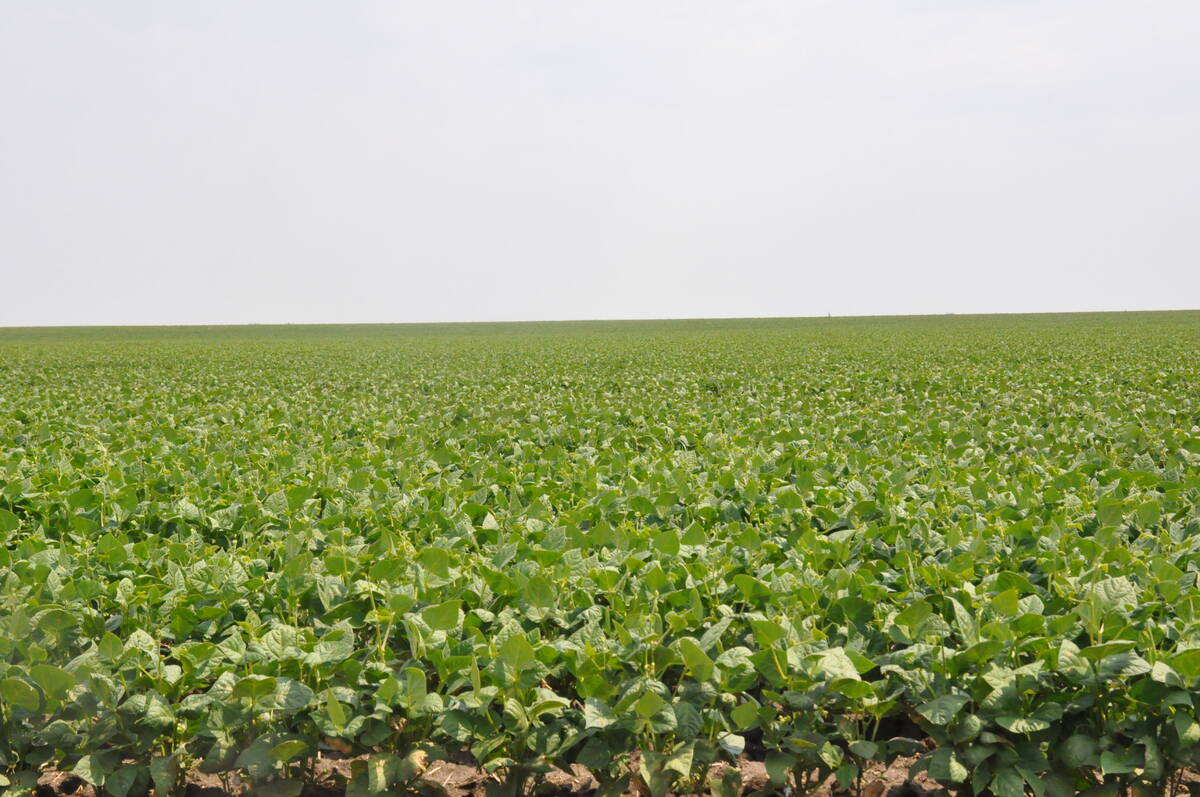Water from excessive rain and swollen rivers is receding across much of the West, leaving behind tracts of irreparably damaged crops.
Many other farmers are looking forward to higher yields from this recent wet boost from Mother Nature.
“It’s starting to dry out,” said Gary Coghill of Saskatchewan Agriculture, who noted many wet fields are recovering.
Surplus moisture levels dropped to 37 percent from last week’s 47 percent, despite continuing rain showers across the province.
Hardest hit areas included the northeast and east-central zones, Coghill said. The number of flooded acres increased as did the amount of flood damage.
Read Also

Coloured bean production down, whites are up
Bean prices have been slumping and the outlook is for more of the same.
Southern Saskatchewan, particularly in western zones, has improved the most, with its level dropping to 68 percent from 86 percent surplus moisture, he said.
“Wherever you got any rain, the sloughs got bigger,” said Coghill.
Manitoba farmers were scrambling to get a few more acres seeded before rains hit again last week.
That rain put most of them back to where they were a week earlier, said Don Dixon, director of the crops branch with Manitoba Agriculture.
“We did not need any more rain,” he said, citing substantial rainfall around Portage la Prairie and to the west.
“The original benefits from hot weather have been undone by the precipitation over the weekend. Drying for most came a little too late.”
He doubts the unseeded acreage changed much from the 1.5 million acres estimated last week.
Spotty rain fell in most areas, helping maintain those crops in good condition, said Dixon.
The forage and hay crops are also in good shape, with no shortages anticipated this year.
Good rainfall was hit and miss in areas of Alberta including Manning, Stettler and Starland.
“They didn’t get as much as they would have liked to but got enough to hold off moisture stress,” said Ralph Wright, provincial soils specialist with Alberta Agriculture.
While areas east of Edmonton have received below normal precipitation to date and Calgary-west is soggy, Wright said that will likely change next month.
Historically July is a wet month from Red Deer to Edmonton and a dry one for Calgary, he said.
Very high soil moisture reserves are reported in Alberta, from Strathmore, Lethbridge, Red Deer and west, while the eastern half of the province also has good moisture.
Phil Thomas of AgriTrend Agrology reports crops are “growing out of the moisture” in central Alberta, where fields there and in the south are experiencing cereal diseases and uneven growth.
“Fields are patchy with the dry spring seeding and rain following it producing an uneven growth pattern,” he said.














